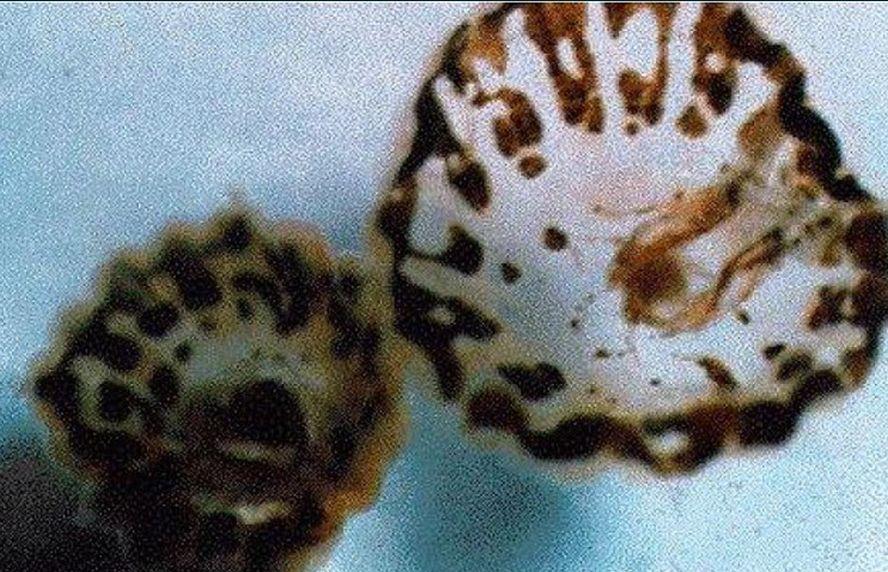“Sea lice” aren’t like common head lice, but they’re just as annoying.
Found around beaches in Florida, sea lice—or beach lice—are actually small jellyfish. They often invade the waters off Florida during the summer.
Swimmers can’t spot the little jellyfish larvae, as they’re microscopic. They can sting just like a fully grown jellyfish, leaving a mark. The rash they cause is called sunbather’s eruption, experts have said.
“Outbreaks of seabather’s eruption occur intermittently between March and August, but they appear to peak during early April through early July,” says the Florida Department of Health. “Seabather’s eruption appear to be caused by shifts in South Florida’s currents, with the highest incidence of cases in such areas as Palm Beach County and Northern Broward County, where the Gulf Stream passes closest to shore.”






